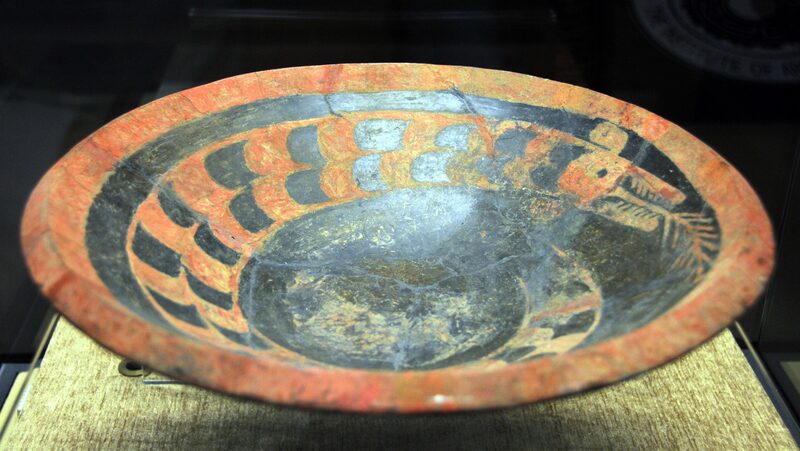🐉 Ancient dragons are not just myths! Archaeologists have uncovered the oldest depiction of the loong, or Chinese dragon, on a piece of pottery dating back over 4,000 years. This discovery shines a light on early Chinese culture and its legendary symbols.
Since way back, the loong has been a big deal in Chinese culture—think of it as the master of wind and rain 🌧️🌬️, and a symbol of good luck. Artists from ancient times loved featuring this majestic creature in their work.
The groundbreaking find happened in 1980 at the Taosi site in Xiangfen, north China's Shanxi Province. Researchers unearthed a painted ceramic plate from the Longshan Culture period (2500-1900 BC), famous for their sleek black pottery. This plate is officially the earliest ceramic piece to sport a loong design!
So, what's the plate like? It's 9 cm tall, with a diameter of 40.7 cm, and its base measures 15 cm. The outside has cool rope patterns, and the inside is polished black—a classic look. But the real magic is on the upper rim inside: a vermilion-painted loong coiling gracefully. This dragon has a serpentine body, a cute round head, standout scales, and a tongue that looks like a rice ear 🌾. Talk about ancient art goals!
This discovery not only tells us about the artistic vibes of the time but also how important the loong was in society back then. It's amazing to think how this symbol has endured and remained influential even today. From ancient pottery to modern tattoos, the dragon lives on! 🐲✨
Reference(s):
cgtn.com




